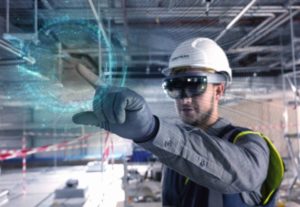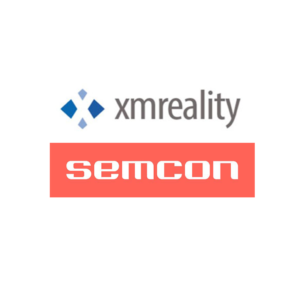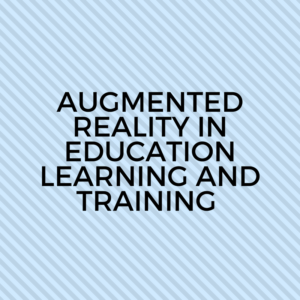Vuzix Partners with 1Minuut Innovation and Deloitte Netherlands on AR Smartglasses in Healthcare

1Minuut is bringing real-life experiences virtually to patients that can’t enjoy them in person by allowing patients to view real-time POV video streamed remotely by the Vuzix M300 Smart Glasses. Genzõ through their unique social communication platform which was designed to make POV video sharing mobile easy and safe to implement for customers. 1Minuut’s Genzõ’s mobile platform is unique and provides a new innovative and reliable method to connect patients, bring positive experiences and enable patients to watch through the eyes of others from anywhere.
Another aspect of 1Minuut Genzõ mobile platform is delivering telemedicine patient care services remotely and hands-free by connecting a doctor in the field to a nurse and patient in the doctor’s office or patient facility to augment patient care and save lives. Through the M300 and Genzõ mobile platform ambulatory nurses are instantly connected to a doctor that can; observe the patient; provide immediate feedback or care instruction; and act faster and more appropriately. This technology can also help bridge the labor shortage gap by allowing doctors to remotely service more patients because the solution instantly removes travel time, which would otherwise be required by a doctor to come visit the patient at their physical location.
1Minuut has worked closely with the Dutch healthcare industry over the last four years to develop Genzõ and over the past twelve months 1Minuut has successfully piloted and placed dozens of Vuzix M300 Smart Glasses into operations across the Dutch healthcare industry. The Genzõ, a mobile platform solution paired with the Vuzix M300 Smart Glasses has proven in actual field deployments to be extremely safe, reliable and enjoyable for customers as well as patients. After four years of development and one year of field testing this innovative Smart Glasses based solution is now being implemented across the healthcare industry as a new way to deliver care that improves the efficiency and quality of care and appreciation of life for patients.
The combination of the Vuzix M300 Smart Glasses and the Genzõ mobile platform enables real-time audio, first person Point of View (POV) video streaming and file sharing that is easy, mobile and safe. Through collaboration with Deloitte Assuring Medical Apps Netherlands, the Genzõ mobile platform is also an extremely safe and GDPR (General Data Protection Regulation) ready application.
Read the full press release here.








